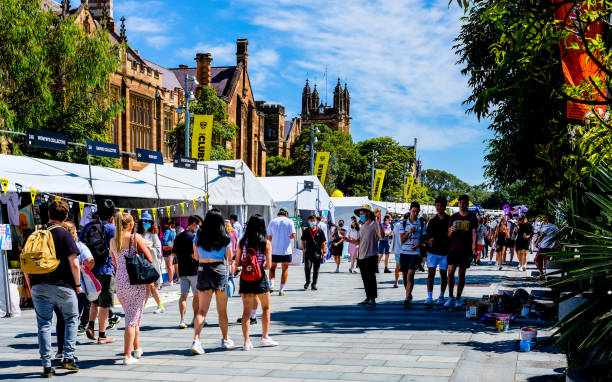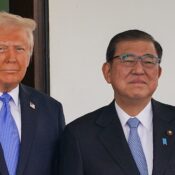
Australia Increases the Minimum Savings Requirement in Light of the Increase in Migration
Australia has increased the minimum savings required for student visas in an effort to counteract the increase in immigration.
Australia announced new immigration restrictions on Wednesday. One of the measures is an increase in the minimum savings needed to apply for an international student visa.
In an additional move to combat the spike in migration, the government warned a number of universities about their misleading recruitment techniques.
This is the second increase in seven months; as of Friday, overseas students need to show that they have saved at least A$29,710 ($19,576) in order to obtain a visa.
The barrier was increased from A$21,041 in October of last year to A$24,505.
These changes are a reaction to a migration wave that followed the relaxation of COVID-19 limitations in 2022, which increased demand in the already tight rental market.
The government increased the English language proficiency standards for student visas in March, and it has since taken steps to do away with regulations that let students extend their stays.
34 educational institutions received warning letters from Minister for Home Affairs Clare O’Neil for participating in “non-genuine or exploitative recruitment practices.” O’Neil threatened to sentence violators to up to two years in prison and prohibit them from ever again recruiting students if found guilty.
“There is no room for dubious providers in our global education system. These steps are intended to expose dishonest actors who prey on people and damage the standing of the profession, according to O’Neil.
As one of Australia’s top export sectors, international education brought in A$36.4 billion ($24 billion) during the fiscal year 2022–2023. Nonetheless, the increase in migration—which is mostly the result of foreign students—has put more pressure on the government, especially in light of the nation’s soaring housing costs.
The year ending September 30, 2023 had a 60% increase in net immigration, reaching a record 548,800.
Over the next two years, the government expects its policies to cut Australia’s immigration intake in half.
“We’re cutting back on migration—this is the biggest drop in Australia’s migration numbers outside of pandemics or times of war,” said O’Neil.
All Categories
Recent Posts
Tags
+13162306000
zoneyetu@yahoo.com



